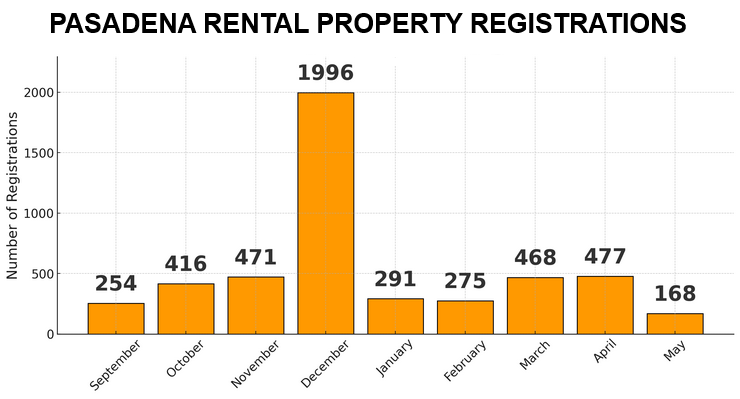
Matthew Feaster, Ph.D., the City's lead epidemiologist, shown at the Public Safety Committee during the plan’s presentation to the Public Safety Committee on May 15, 2024. [Pasadena Media]
Pasadena’s Public Safety Committee recently reviewed the City’s Community Health Improvement Plan, a comprehensive blueprint developed by the Pasadena Public Health Department in collaboration with community partners.
The plan, which covers the period from 2023 to 2028, was developed using findings from the 2022 Greater Pasadena Community Health Needs Assessment and sets out seven key goals to tackle the city’s most pressing public health concerns.
Matthew Feaster, Ph.D., the City’s lead epidemiologist, presented the plan to the committee, highlighting the seven goals: improving the health and quality of life of older adults; improving the healthy development of adolescents and young adults; reducing chronic diseases by promoting healthy living; improving the well-being of parents, infants, and children with a focus on health equity; reducing substance abuse; supporting access to mental health services; and supporting housing and homeless services.
“The Community Health Improvement Plan is a community-wide plan and differs from internal or departmental strategic plans that are limited to a particular organization,” said Ying-Ying Goh, M.D., the director of the Pasadena Public Health Department. “The CHIP is a strategic health plan for the entire community.”
To monitor progress on these goals and objectives, the health department has created a website that will provide regular data updates on the prioritized health measures and highlight community efforts being done in these areas. The website is available at https://dashboards.mysidewalk.com/pasadena-chip/our-story.
The plan comes at an important time for Pasadena, which has seen significant public health challenges in recent years. The COVID-19 pandemic had a major impact on the city, with the number of deaths increasing by about 170 in 2021 compared to pre-pandemic levels. Life expectancy also dropped by 2.5 years in 2020.
According to the 2021 Pasadena Mortality Report, COVID-19 was the overall leading cause of death and premature death in 2021, accounting for almost one out of every seven deaths (13%). However, the report also highlighted that drug overdose was a unique leading top ten cause of death among Latinx residents compared to other racial groups.
The plan also emphasizes the need to address health disparities across different racial and ethnic groups. In 2021, Black residents experienced the highest mortality rate in Pasadena with 3.6 deaths per 1,000 population, followed by white (non-Hispanic) with 3.3 deaths per 1,000, white (Hispanic) with 2.5 deaths per 1,000, and Asian residents with 1.8 deaths per 1,000.
Moving forward, the Pasadena Public Health Department said it will continue to work with community partners to implement the strategies outlined in the Community Health Improvement Plan. This will include ramping up efforts between 2024 and 2027, with the goal of having aligned Community Health Needs Assessment and Community Health Improvement Plan timelines with Medi-Cal managed care plans by 2028.














 23 comments
23 comments



